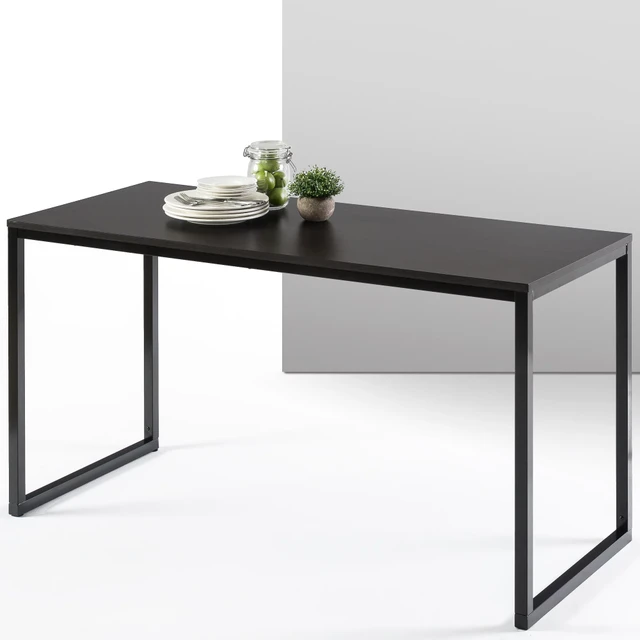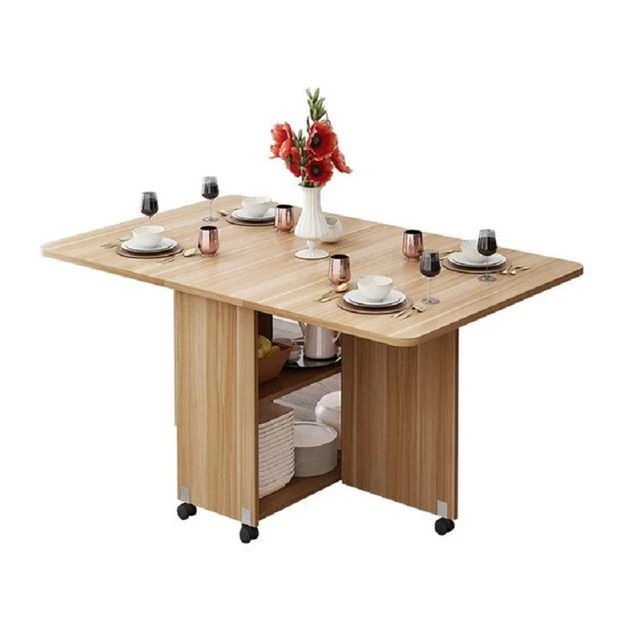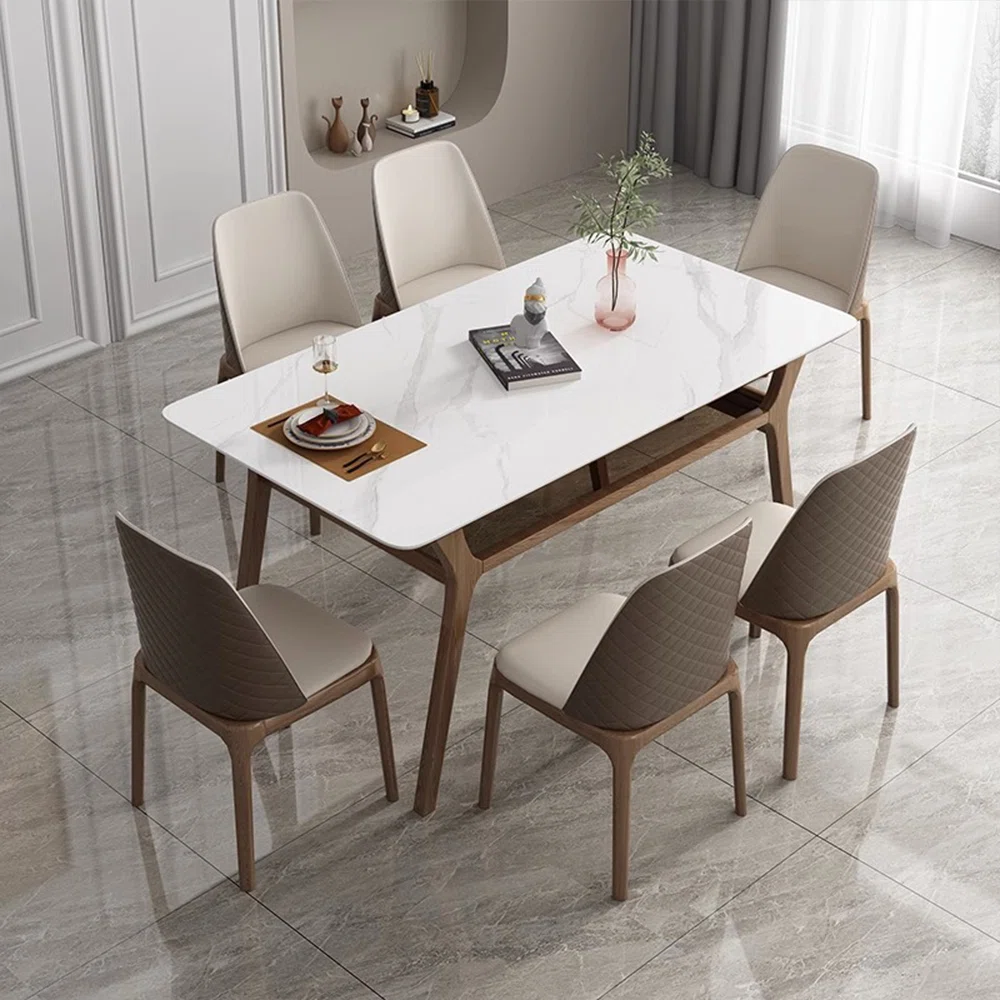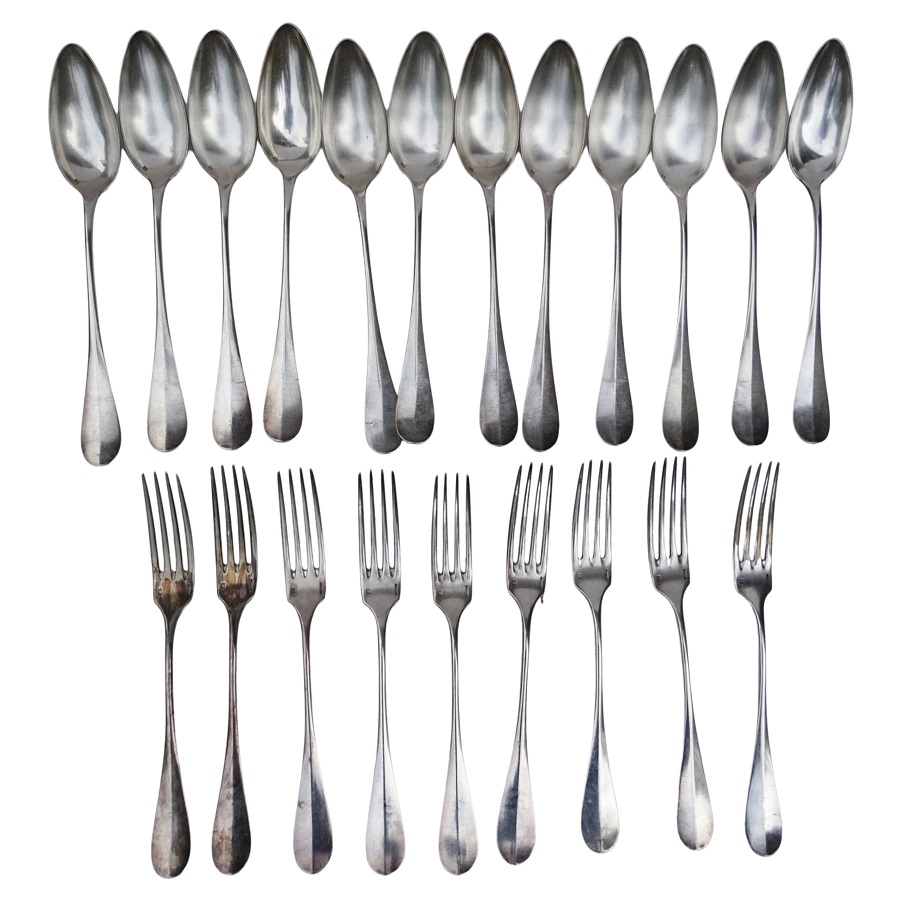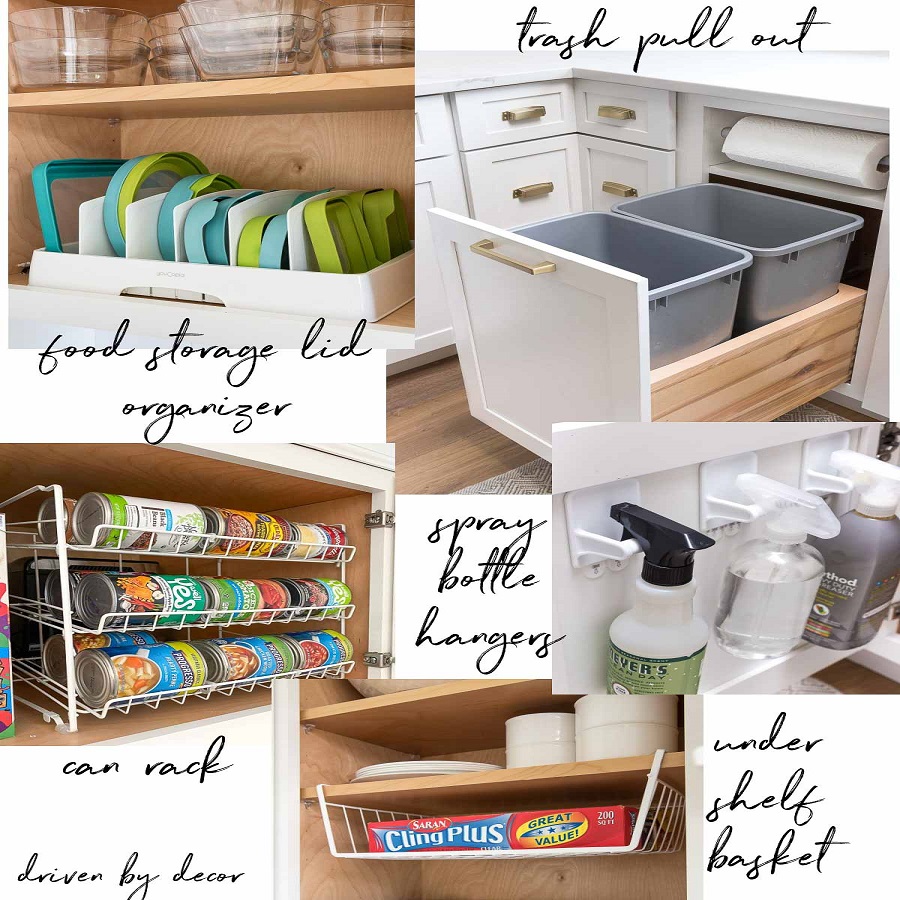Introduction:
A kitchen desk is a versatile addition to any kitchen, providing a dedicated space for various tasks such as meal planning, recipe organization, and household management. With its convenient location within the heart of the home, a kitchen desk offers a functional and organized workspace that helps streamline daily activities. In this article, we will explore the benefits, design considerations, organization tips, and creative ideas for incorporating a kitchen desk into your culinary haven. By understanding these aspects, you can create a productive and efficient workspace that enhances your kitchen experience.
Benefits of a Kitchen Desk:
Convenient Location:
A kitchen desk is conveniently located within the kitchen, allowing easy access to important documents, recipe books, and household information while cooking or managing daily tasks.
Multifunctional Space:
A kitchen desk serves as a versatile workspace for various activities, such as meal planning, recipe organization, bill paying, and keeping track of schedules.
Enhanced Organization:
With dedicated storage and organization solutions, a kitchen desk helps keep important papers, bills, and other essentials neatly organized and easily accessible.
Family Communication Hub:
The kitchen desk can serve as a central place for family members to leave notes, messages, or reminders, promoting effective communication within the household.
Design Considerations:
Space Availability:
Assess the available space within your kitchen and determine the ideal location for the desk, considering factors such as traffic flow and proximity to other kitchen components.
Desk Size and Configuration:
Choose a desk size and configuration that suits your needs, taking into account the tasks you plan to perform and the amount of storage required.
Style and Aesthetics:
Select a desk design and finish that complements the overall style and décor of your kitchen, ensuring a cohesive and visually pleasing environment.
Organization Tips for a Kitchen Desk:
Storage Solutions:
Incorporate drawers, shelves, or cabinets to store essential items such as pens, paper, recipe books, and office supplies.
Paper Management:
Use file folders, binders, or magazine holders to organize papers, bills, and other documents, ensuring easy retrieval and minimizing clutter.
Mail Sorting:
Create a designated area or organizer for incoming mail to prevent it from piling up on the desk.
Bulletin Board or Whiteboard:
Install a bulletin board or whiteboard to display important notes, schedules, or reminders.
Cable Management:
Ensure proper cable management for electronic devices to avoid tangling cords or cluttered workspace.
Creative Ideas for a Kitchen Desk:
Built-In Desk:
Incorporate a built-in desk that seamlessly blends with the kitchen cabinetry, providing a cohesive and integrated look.
Breakfast Nook Desk:
Transform a breakfast nook or small corner into a functional workspace by adding a desk and comfortable seating.
Floating Desk:
Install a floating desk that can be folded up and tucked away when not in use, maximizing space efficiency.
Convertible Desk:
Consider a convertible desk that can be used as a dining table or workstation, providing versatility and flexibility.
Standing Desk:
Opt for a standing desk to promote better posture and allow for movement while working or managing tasks in the kitchen.
Workflow and Efficiency:
Keep frequently used items within reach to optimize workflow and minimize unnecessary movement.
Designate specific areas for different tasks, such as meal planning, writing, and computer work, to promote efficiency and focus.
Arrange the desk in a way that supports ergonomics, ensuring a comfortable and productive workspace.
Clean,Maintain, and Care for a Kitchen Desk:
Regular Cleaning:
Wipe down the desk surface with a damp cloth or sponge to remove any spills, dirt, or food crumbs.
Use a mild detergent or multipurpose cleaner to clean the desk, following the manufacturer’s instructions.
Rinse the cloth or sponge and wipe the desk again to remove any soap residue.
Dry the desk with a clean towel or allow it to air dry.
Decluttering and Organization:
Regularly declutter the desk by removing unnecessary items, such as old papers, pens that no longer work, or outdated notes or reminders.
Keep the desk surface clear of excessive items to maintain a clean and organized workspace.
Dusting:
Use a microfiber cloth or a duster to remove dust from the desk surface, shelves, and any other areas prone to collecting dust.
Pay attention to hard-to-reach areas, corners, and crevices.
Glass or Acrylic Surfaces:
If your kitchen desk has a glass or acrylic surface, use a glass cleaner or a mixture of vinegar and water to clean and remove fingerprints or smudges.
Spray the cleaner on the surface and wipe it clean with a soft cloth or paper towel.
Wood Surfaces:
If your kitchen desk has a wood surface, use a furniture polish or a mixture of mild soap and water to clean the surface.
Apply the polish or soap mixture with a soft cloth, following the wood grain, and wipe away any excess.
Avoid Excessive Moisture:
Avoid placing wet or damp items directly on the desk surface to prevent water damage or warping.
Use coasters, placemats, or protective pads underneath glasses, mugs, or hot cookware to protect the desk surface from heat and moisture.
Cable Management:
Keep cables and cords neat and organized to prevent them from tangling or becoming a safety hazard.
Use cable clips, cable ties, or cable organizers to manage and secure cables, keeping them out of the way and maintaining a clean appearance.
Preventive Maintenance:
Inspect the desk regularly for any signs of wear, loose screws, or damaged parts.
Tighten any loose screws or fittings to maintain the desk’s stability and structural integrity.
Repair or replace any damaged or worn-out components promptly to prevent further damage.
Safety Precautions:
Keep the desk area clear of flammable materials and ensure that electrical outlets and cords are installed and used safely.
If using electronics or appliances on the desk, follow the manufacturer’s instructions and safety guidelines.
By following these cleaning, maintenance, and care tips, you can keep your kitchen desk in excellent condition and ensure its longevity. Regular upkeep and organization will help you enjoy a clean and functional workspace for meal planning, recipe organization, and other kitchen tasks. A well-maintained kitchen desk enhances the efficiency and aesthetics of your culinary haven.
Conclusion:
A kitchen desk provides a functional and organized workspace within the heart of your home. By considering the benefits, design considerations, organization tips, and creative ideas, you can create a kitchen desk that suits your needs and enhances your daily activities. You can also use clevo nh70 for work at your kitchen desk.And it can be matched with surrounding ornaments such as vases and timer locks.Enjoy the convenience and efficiency of a dedicated workspace for meal planning, recipe organization, and household management. With a well-designed and organized kitchen desk, you can streamline your tasks, promote effective communication, and bring order to your culinary haven.

